 Athens once agreed to pay tribute to Crete in order to avoid being sacked by the powerful Minoan Kingdom based on the fabled island. Every year seven youths and seven maidens would be sacrificed to the Minotaur, a horrendous monster with the body of a man and the head of a bull that King Minos kept in a massive labyrinth beneath his palace at Knossos. Already famous for earlier exploits, Theseus agreed to travel to Crete as one of the sacrificial offerings to the beast and try to slay the creature. If successful, his father implored, he should return to Athens under a white main sail instead of the traditional black.
Athens once agreed to pay tribute to Crete in order to avoid being sacked by the powerful Minoan Kingdom based on the fabled island. Every year seven youths and seven maidens would be sacrificed to the Minotaur, a horrendous monster with the body of a man and the head of a bull that King Minos kept in a massive labyrinth beneath his palace at Knossos. Already famous for earlier exploits, Theseus agreed to travel to Crete as one of the sacrificial offerings to the beast and try to slay the creature. If successful, his father implored, he should return to Athens under a white main sail instead of the traditional black.Theseus, with the help of Ariadne, the Minos' daughter, was successful in killing the Minotaur and escaping back to sea. He forgot to change the sail, however. Standing at the southernmost point of the Attica Peninsula was Theseus' father who took one look at the black sail on his son's ship rounding the point and flung himself in to the sea in despair. His name was Aegeas, King of Athens. The sea became the Aegean and the fateful cape was Sounion.
That story, though myth itself, was better than any comic book fiction to this nin e-year old boy almost forty years ago. Twenty years after first reading that story, I, the man, had come full circle. Ninety minutes was all that separated me from the first initial yearnings to see Greece in the first place. The post-rain skies were fat with heavy clouds but enough blue had broken through to create expressive scenery to divert our eyes from the tightly packed upscale homes and shops of Glyfada and other tony coastal enclaves. The further out from the city the pricier the real estate and this time, the farther back in time we went as well.
e-year old boy almost forty years ago. Twenty years after first reading that story, I, the man, had come full circle. Ninety minutes was all that separated me from the first initial yearnings to see Greece in the first place. The post-rain skies were fat with heavy clouds but enough blue had broken through to create expressive scenery to divert our eyes from the tightly packed upscale homes and shops of Glyfada and other tony coastal enclaves. The further out from the city the pricier the real estate and this time, the farther back in time we went as well.
 e-year old boy almost forty years ago. Twenty years after first reading that story, I, the man, had come full circle. Ninety minutes was all that separated me from the first initial yearnings to see Greece in the first place. The post-rain skies were fat with heavy clouds but enough blue had broken through to create expressive scenery to divert our eyes from the tightly packed upscale homes and shops of Glyfada and other tony coastal enclaves. The further out from the city the pricier the real estate and this time, the farther back in time we went as well.
e-year old boy almost forty years ago. Twenty years after first reading that story, I, the man, had come full circle. Ninety minutes was all that separated me from the first initial yearnings to see Greece in the first place. The post-rain skies were fat with heavy clouds but enough blue had broken through to create expressive scenery to divert our eyes from the tightly packed upscale homes and shops of Glyfada and other tony coastal enclaves. The further out from the city the pricier the real estate and this time, the farther back in time we went as well. I wondered if each coastal island was a stronghold or hideout for some fabled hero or pirate. As the water became progressively darker I wondered if the change in hue was due to ever deeper history in addition to deeper water. How many triremes in both legend and lore sailed these waters to expand territory, rescue fair maidens or to save king and country. It all came in to focus on first sighting the Temple of Poseidon standing at the head of the promontory and bathed in the golden rays of a setting sun.
We dashed off the bus and then just stood there. You realize you are standing where history unfolded; where National Geographic, Life and Conde Nast magazines sent only their best photographers; where the hand of God joined seamlessly with the craftsmen of the gods. No matter the human era or style of worship there is simply no escaping some kind of faith and spirituality in so ethereal a setting. The deep blue sea met the gloaming of the darkening sky with the sun bathed in shimmering oranges and yellows behind cotton white clouds, all as a backdrop to ivory marble columns standing in ruins of a bygone era yet uplifting the soul this evening the same as it must have done thousands upon thousands of evenings before.
We loved the Saronic cruise our first full day in Greece. We couldn't i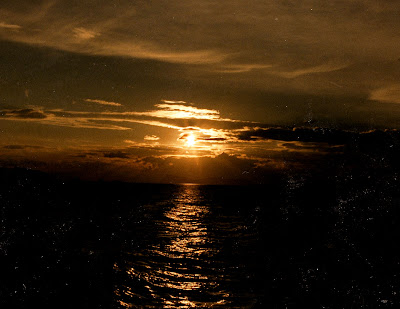 magine anything more beautiful than Delphi the second day. We were in disbelief at the variety of culture, history and ingenuity on that day in the Peloponnese and dutifully awed by all of the wondrous remnants of art and architecture in Athens. We wanted to live in Greece after Sounion, some in this era, some in ancient times. Any time was the consensus so long as we could end the day with the peerless union of unyielding faith and incomparable beauty of this singular place on Earth.
magine anything more beautiful than Delphi the second day. We were in disbelief at the variety of culture, history and ingenuity on that day in the Peloponnese and dutifully awed by all of the wondrous remnants of art and architecture in Athens. We wanted to live in Greece after Sounion, some in this era, some in ancient times. Any time was the consensus so long as we could end the day with the peerless union of unyielding faith and incomparable beauty of this singular place on Earth.
 magine anything more beautiful than Delphi the second day. We were in disbelief at the variety of culture, history and ingenuity on that day in the Peloponnese and dutifully awed by all of the wondrous remnants of art and architecture in Athens. We wanted to live in Greece after Sounion, some in this era, some in ancient times. Any time was the consensus so long as we could end the day with the peerless union of unyielding faith and incomparable beauty of this singular place on Earth.
magine anything more beautiful than Delphi the second day. We were in disbelief at the variety of culture, history and ingenuity on that day in the Peloponnese and dutifully awed by all of the wondrous remnants of art and architecture in Athens. We wanted to live in Greece after Sounion, some in this era, some in ancient times. Any time was the consensus so long as we could end the day with the peerless union of unyielding faith and incomparable beauty of this singular place on Earth. The sun set. We rode in silence back to the future, to pack for tomorrow and the long journey home. I for one felt as though I was leaving home behind.
Gotta go.



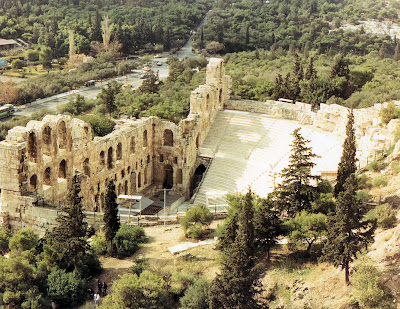






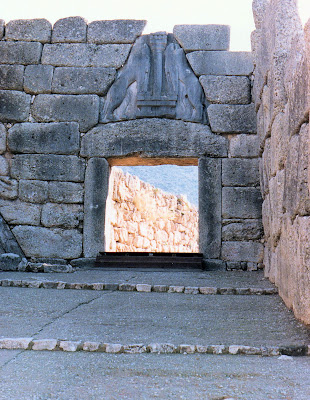



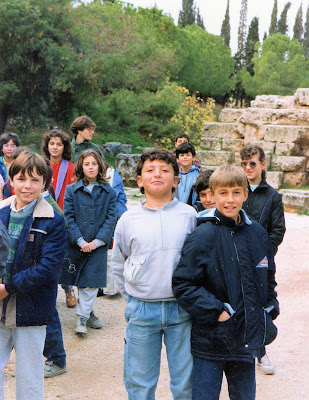

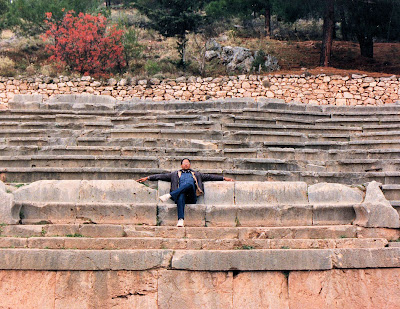
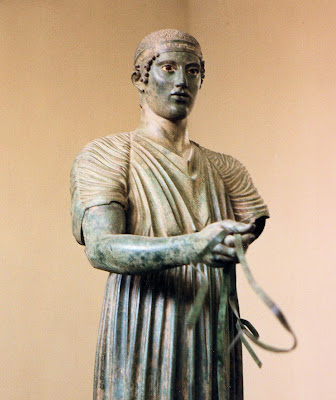





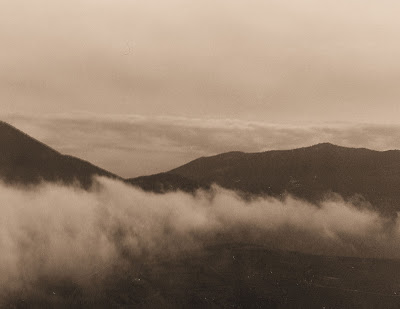








 Three best friends raced after each other around the playground at school one afternoon, it could have been a Tuesday. One of them for a change had simply wanted to read quietly but the other two were having none of that. It was a beautiful day and the name of the game was "Keep Away." Tony had been the one trying to read a new comic book, the one time when nine-year old boys tend to retreat in to themselves, to escape in to the magical pages of full color comic artwork and fantasy. Donald and Reiner, his two classmates, did not have this particular comic and that was enough to get Tony going.
Three best friends raced after each other around the playground at school one afternoon, it could have been a Tuesday. One of them for a change had simply wanted to read quietly but the other two were having none of that. It was a beautiful day and the name of the game was "Keep Away." Tony had been the one trying to read a new comic book, the one time when nine-year old boys tend to retreat in to themselves, to escape in to the magical pages of full color comic artwork and fantasy. Donald and Reiner, his two classmates, did not have this particular comic and that was enough to get Tony going. 

